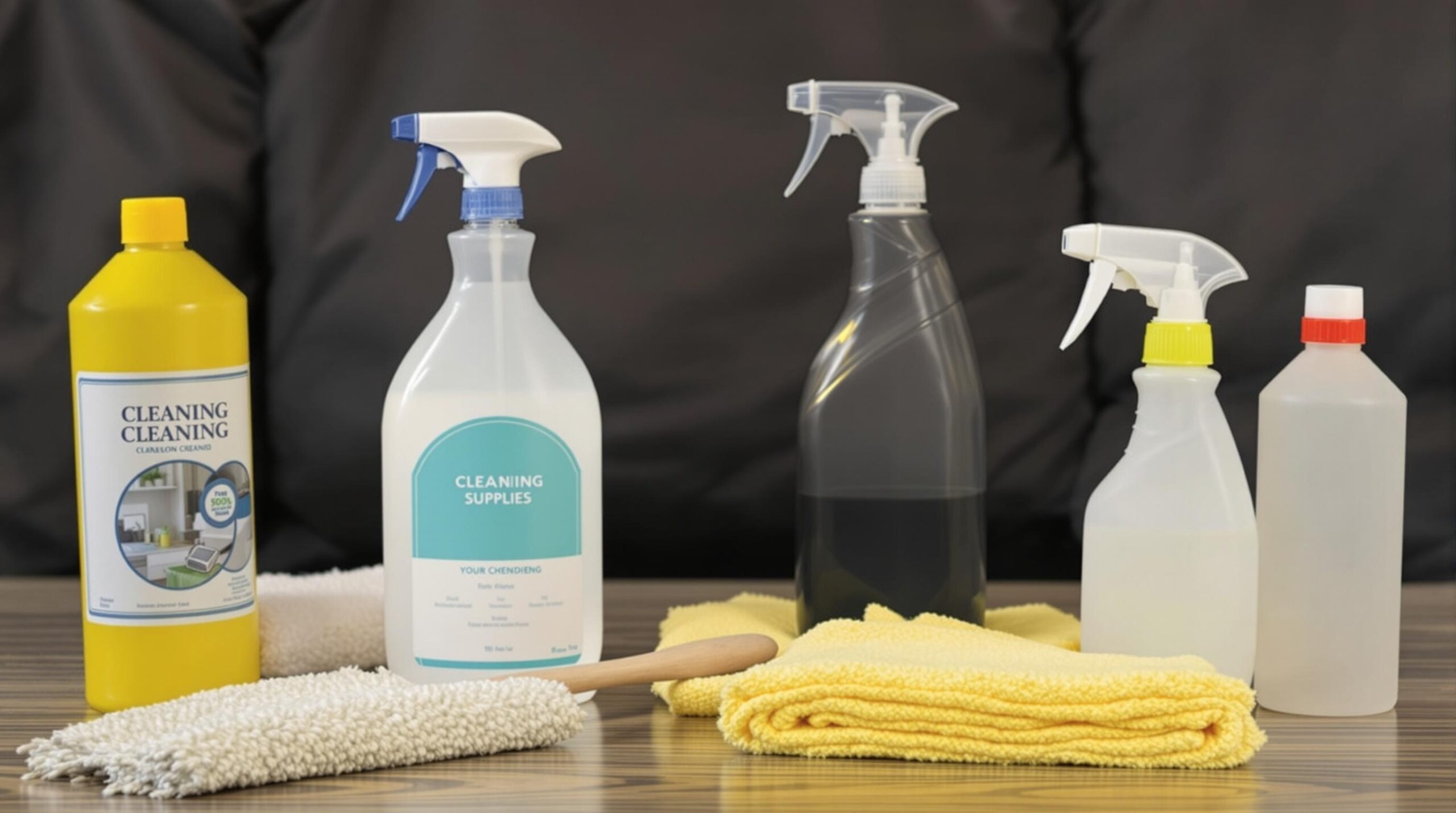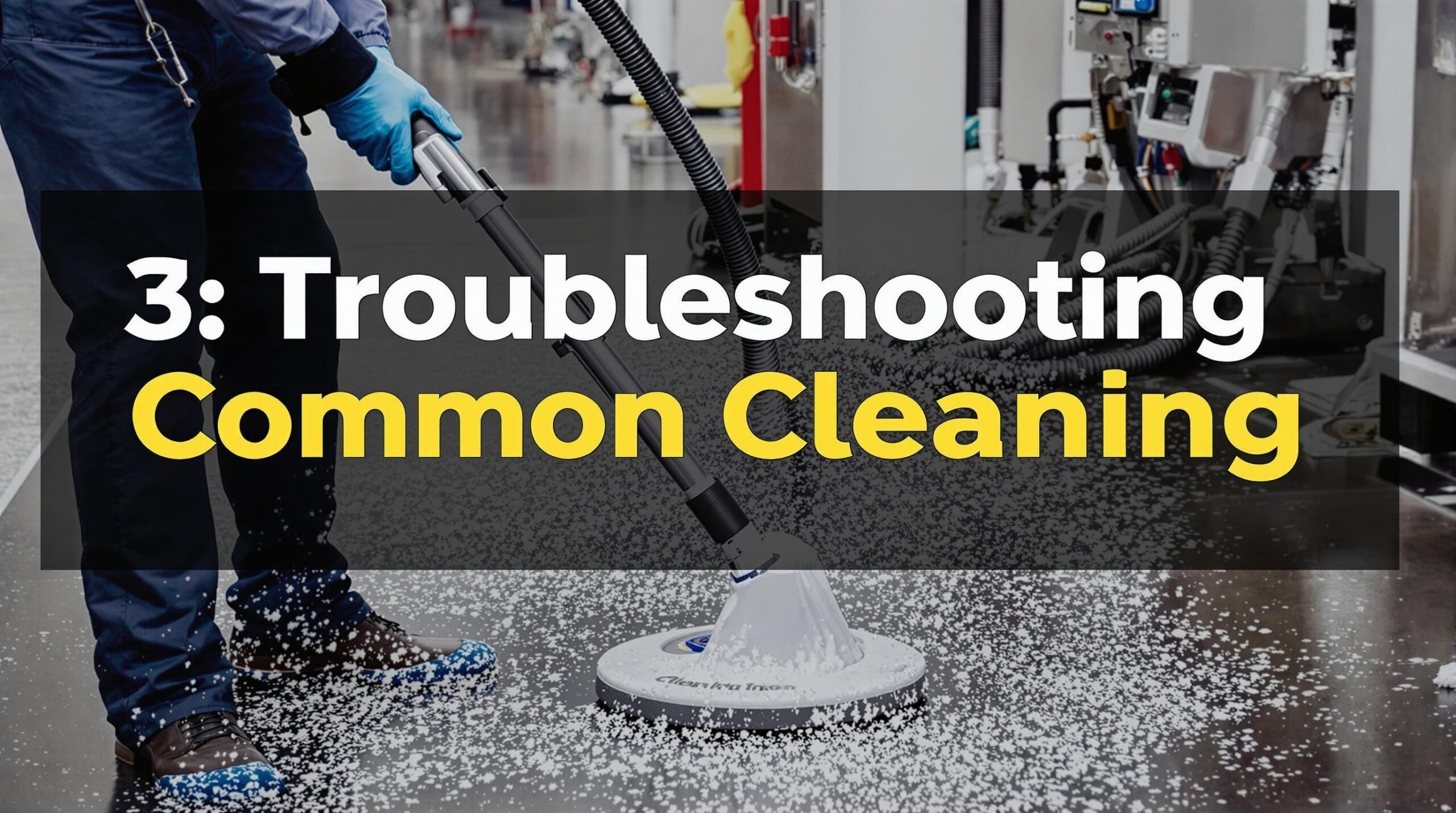Proper cleaning of a PU spray foam machine after use is essential for maintaining performance and extending equipment lifespan. Regular cleaning prevents clogged nozzles, contaminated chemicals, and costly repairs that can result from hardened polyurethane residue building up in the system components.
Key Takeaways
- Immediate cleaning after use prevents polyurethane from hardening in the system
- Using the correct solvent solutions ensures effective removal of residual chemicals
- Regular maintenance extends equipment longevity and maintains spray quality
- Following the manufacturer's guidelines prevents damage to sensitive components
- Proper cleaning prevents costly repairs and downtime on future projects
Why Cleaning Your PU Spray Foam Machine Is Critical
Polyurethane spray foam machines represent a significant investment for contractors and DIY enthusiasts alike. The reactive nature of polyurethane chemicals means any residue left in the system will cure and harden, potentially causing permanent damage to your equipment. When foam hardens inside hoses, pumps, or spray guns, it can create blockages that require expensive part replacements or even render the entire machine unusable.
Beyond the financial implications, a poorly maintained machine delivers inconsistent spray patterns and compromised foam quality. This leads to application issues such as uneven coverage, improper mixing ratios, and foam that doesn't cure properly. For professional contractors, this could mean unhappy clients and damaged reputation. For DIY users, it might result in insulation that doesn't perform as expected.
Essential Cleaning Supplies

Before beginning the cleaning process, gather all necessary supplies to ensure efficient and thorough cleaning. Having everything ready beforehand prevents partially cured material from hardening while you search for tools.
- Appropriate solvent for your specific machine (often polypropylene glycol)
- Clean rags or paper towels
- Safety equipment (gloves, eye protection, respiratory protection)
- Separate containers for flushing solutions
- Cleaning brushes for nozzles and small parts
- Pump oil (if recommended by your manufacturer)
- Grease for O-rings and seals
- Wrench set for disassembly if required
The choice of cleaning solvent is particularly important as using the wrong chemicals can damage seals and internal components. Always refer to your machine's manual for recommended cleaning agents. Most professional-grade machines require specific solvents that dissolve uncured polyurethane without harming the equipment components.
Immediate Post-Use Cleaning Steps
The most critical timeframe for cleaning is immediately after completing your spray foam application. Every minute that passes allows more chemical to cure within the system, making cleaning progressively more difficult.
Start by relieving pressure from the system according to the manufacturer's instructions. This typically involves turning off heaters and pumps while following specific shutdown procedures. Never attempt to open pressurized lines as this can cause serious injury.
Once depressurized, begin by cleaning the spray gun, which is the most vulnerable component to clogging. Remove the mixing chamber and soak it in the appropriate solvent. Use cleaning brushes to remove any partially cured foam from ports and passages. Clean the gun's air cap and fluid passages thoroughly.
For the transfer pumps and hoses, circulate the recommended cleaning solvent through the system. Most machines have a specific flushing procedure that allows you to run solvent through the entire fluid path. Repeat this process multiple times to ensure all chemical residue is removed.
Detailed Gun Cleaning Procedure

The spray gun requires special attention during the cleaning process as it contains intricate parts that directly affect spray quality. Begin by disassembling the gun according to the manufacturer's instructions, typically removing the mixing chamber, nozzle, and air cap.
Inspect each component for any signs of cured foam or damage. Soak metal components in the appropriate solvent for the recommended time period. Use specialized cleaning tools to clear any blockages in small openings. A dental pick can help remove stubborn residue from tight spaces without scratching the precision-machined surfaces.
For the mixing chamber, ensure all passages are completely clear. This often requires running thin cleaning wires through each port. The mixing chamber is particularly critical as it's where the two chemical components combine, making it especially prone to clogging.
After thorough cleaning, dry all components with compressed air if available, or allow them to air dry completely. Apply a thin layer of the recommended lubricant to O-rings and seals before reassembly to ensure smooth operation and proper sealing.
Flushing the System Properly
A complete system flush is essential for removing all chemical residue from pumps, heaters, and hoses. Begin by disconnecting the spray gun and attaching the flush kit or circulating setup according to your manufacturer's instructions.
Pour the recommended amount of cleaning solvent into separate containers for both the A-side and B-side of the system. Ensure you're using the correct solvent type for each side, as different chemicals may require different cleaning agents. Never mix A-side and B-side cleaning solutions as this could cause dangerous reactions.
Run the pumps to circulate the cleaning solution through the entire system for the time specified in your manual. This typically ranges from 15-30 minutes. For thorough cleaning, change the solvent and repeat the process at least once more, or until the discharged fluid runs clear.
After flushing with cleaning solvent, many manufacturers recommend a final flush with fresh pump oil or lubricant. This helps to protect the internal components from corrosion and keeps seals conditioned during storage.
Cleaning Frequency and Maintenance Schedule
The required cleaning frequency depends on several factors including usage volume, type of polyurethane chemicals used, and ambient conditions. For professional users who spray daily, a thorough cleaning at the end of each workday is essential.
For less frequent users, cleaning must still be performed immediately after each use. Additionally, develop a regular maintenance schedule that includes checking for worn parts, damaged seals, and proper functioning of pressure gauges and thermostats.
Even during extended use periods, it's advisable to perform a partial cleaning if the machine will be idle for more than 30 minutes. This prevents partially cured material from hardening in the gun and mixing chamber. Some contractors keep a spare mixing chamber ready so they can quickly swap and clean during longer jobs.
Create a maintenance log to track cleaning dates and any issues identified. This helps spot patterns of wear or potential problems before they lead to major equipment failures. Regular maintenance can dramatically extend the lifespan of your spray foam equipment.
Storing Your Equipment After Cleaning
Proper storage after cleaning is just as important as the cleaning process itself. Once thoroughly cleaned, store the machine in a temperature-controlled environment away from direct sunlight and moisture.
For short-term storage (a few days), leave the system filled with the appropriate storage fluid recommended by your manufacturer. This keeps seals lubricated and prevents air from entering the system. For long-term storage, additional steps may be required, such as applying specific preservative oils to certain components.
Store the gun with the air cap and nozzle removed to allow any remaining solvent to evaporate. Place these components in a sealed container with a small amount of lubricant to prevent corrosion. Label all disconnected hoses and parts to ensure proper reconnection when the equipment is needed again.
Cover the entire machine with a breathable cover that protects from dust while allowing any moisture to escape. Avoid plastic covers that can trap humidity against metal components, potentially causing corrosion.
Troubleshooting Common Cleaning Issues

Despite careful cleaning, issues can sometimes arise. If you encounter persistent clogging even after cleaning, you may need to use a more aggressive solvent (always check manufacturer recommendations first) or extend soaking times for affected components.
When faced with hardened polyurethane in hoses or pumps, avoid the temptation to use excessive force or sharp tools that could damage internal surfaces. Instead, consult your equipment manufacturer for specific solutions for your model. Some manufacturers offer specialized dissolving agents for cured foam that can be effective in certain situations.
If pressure gauges show unusual readings after cleaning, check for solvent trapped in pressure transducers or gauge lines. This can sometimes create false readings or erratic pressure fluctuations. Similarly, if heaters aren't performing correctly after cleaning, ensure all solvent has been purged from the system before applying heat.
For electrical components, ensure they're completely dry before reconnecting power. Moisture from cleaning can cause short circuits or corrosion on electrical contacts. Using compressed air to dry electrical enclosures is recommended whenever possible.
Safety Precautions During Cleaning
Cleaning polyurethane spray foam equipment involves handling potentially hazardous chemicals, making safety measures non-negotiable. Always wear appropriate personal protective equipment including chemical-resistant gloves, eye protection, and respiratory protection rated for chemical vapors.
Ensure adequate ventilation in your cleaning area to prevent the buildup of solvent vapors, which can be both toxic and flammable. Never clean equipment near ignition sources or open flames. Keep a fire extinguisher rated for chemical fires nearby whenever cleaning operations are underway.
Be aware of the specific hazards associated with your cleaning solvents and foam chemicals. Review the Safety Data Sheets (SDS) for all products used and ensure you understand the first aid measures in case of accidental exposure.
Never attempt to clean pressurized equipment. Always verify that pressure has been fully released before disassembling any components. Pressurized chemicals can cause serious injuries if they contact skin or eyes.
Environmental Considerations
Proper disposal of cleaning solvents and residual foam chemicals is not just responsible—it's often legally required. Never pour cleaning solvents or polyurethane chemicals down drains or onto the ground, as they can cause environmental damage and may violate local regulations.
Collect all waste materials in appropriate containers and dispose of them according to local hazardous waste guidelines. Many areas have specific collection facilities or services for chemical waste. Some manufacturers or suppliers also offer take-back programs for empty chemical containers and waste solvents.
Consider using more environmentally friendly cleaning solutions when applicable and approved by your equipment manufacturer. As the industry evolves, newer, less toxic cleaning agents are becoming available that reduce environmental impact while still effectively cleaning equipment.
Implement spill containment measures in your cleaning area to prevent accidental releases. Simple precautions like plastic sheeting under your work area and absorbent materials nearby can prevent small spills from becoming environmental problems.
Professional Tips for Efficient Cleaning
Professional spray foam contractors have developed time-saving techniques that maintain equipment without excessive downtime. One popular approach is the "hot swap" method, where contractors maintain multiple mixing chambers that can be quickly exchanged when one needs cleaning, allowing work to continue with minimal interruption.
Another professional technique involves using heated cleaning solvents (when manufacturer-approved) to increase cleaning efficiency. Warm solvents can dissolve residual foam more quickly, reducing cleaning time and solvent usage. However, always verify temperature limitations for your specific solvents and equipment.
Keep dedicated cleaning tools organized and readily accessible. Having a specific cleaning kit with all necessary tools, solvents, and replacement parts ensures you can start the cleaning process immediately after finishing spray operations, when it's most effective.
For frequent users, investing in an automated flush system can be worthwhile. These systems handle much of the cleaning process automatically, ensuring consistent results while freeing up technicians for other tasks.
Frequently Asked Questions
How soon after use should I clean my PU spray foam machine?
You should begin cleaning your PU spray foam machine immediately after completing your application. Polyurethane begins curing quickly, and any delay increases the difficulty of removing residue from the system. Even waiting 15-30 minutes can result in partially hardened material that's much harder to remove.
Can I use acetone to clean my spray foam equipment?
Acetone is not recommended for most professional spray foam equipment as it can damage seals, O-rings, and certain plastic components. Always use the specific cleaning solvent recommended by your equipment manufacturer. For most professional systems, this is typically a propylene glycol-based solvent or a specialized polyurethane equipment cleaner.
How often should I replace cleaning solvents during the flush process?
You should replace cleaning solvents at least once during a thorough system flush. If the discharged solvent appears discolored or contains visible particles after the first flush, continue replacing and flushing until the discharged solvent appears clean. For heavily used equipment or after spraying large volumes, you may need 3-4 solvent changes for complete cleaning.
What should I do if foam has already hardened in part of my equipment?
If foam has hardened in your equipment, do not attempt to force it through by increasing pressure, as this can damage pumps and other components. For hardened material in accessible areas like nozzles or the gun assembly, disassembly and replacement of affected parts may be necessary. For internal components, consult your equipment manufacturer about specialized dissolving agents for cured foam or potential repair options.
Is it necessary to grease components after cleaning?
Yes, lubricating certain components after cleaning is essential for proper functioning and longevity. O-rings, seals, and other moving parts should be lightly coated with the manufacturer-recommended lubricant after cleaning. This prevents premature wear, maintains proper sealing, and protects against corrosion during storage. Never substitute general-purpose greases for the specific lubricants recommended for polyurethane equipment.
